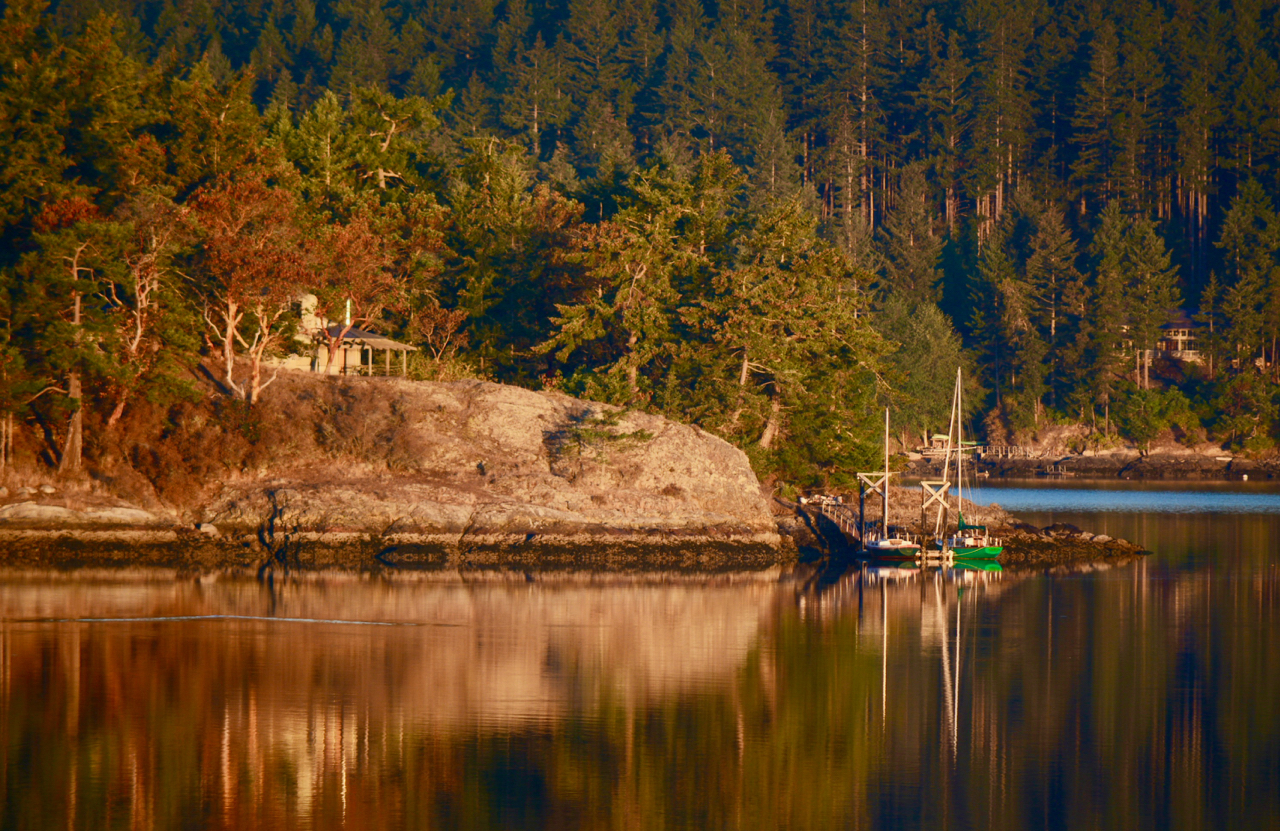Exactly 75 years ago—on Halloween weekend in 1946—a group of authors, journalists and academics gathered for three days at Reed College in Portland, Oregon, for the first and only Writers’ Conference on the Northwest. The conference organizers’ stated aim was not to hold a traditional writers’ conference, in which young writers learn from more-established writers, but to discuss the essence, history and future of a region: the Pacific Northwest.
In his introductory remarks, Reed College President Peter H. Odegard said that, in many respects, “the Pacific Northwest is coming of age. In literature and art, in history and biography, in music, the record and resources of the region should be a source of pride and confidence. We need to discover our own cultural heritage and to encourage our own youth to look about in their own back yard to find inspiration and employment for their creative talents. It ought not to be necessary for them to go to New York for recognition or for their need of glory and reward. New York will come to them.”
The conference took place just after the end of World War II, which did more to focus attention on the Northwest than anything before it. Northwest contributions were viewed as vital to the Allies’ victory: Boeing planes built in Seattle, Kaiser ships assembled in Portland and Vancouver, nuclear weapons created in secret at Hanford, and aluminum and other metals forged in scattered plants—all powered by FDR’s huge new Columbia River dams.
Given what Odegard called the region’s “coming of age” and the inevitable self-examination (and self-regard) occasioned by its outsized role in the war, it must have seemed natural in 1946 to consider how those writing about the region would depict it. After all, scant years before the war, the Northwest had been a backwater to most Americans.
“During most of its history,” Odegard said, “the Pacific Northwest has been a colonial outpost of the East. It has been looked upon and has regarded itself as a source of raw materials to be shipped to eastern cities for processing or fabrication.” After comparing the region to the American South and talking about “cultural colonialism,” in which a region or country is guided by cultural standards set elsewhere, he proclaimed, “There are signs that the colonial period of northwestern history may be coming to a close.”
While Odegard and the other conference participants—including politician and journalist Richard L. Neuberger, folk writer and Northwest interpreter Stewart Holbrook, and noted Columbia University historian Carl Van Doren—deserve some credit for beginning the difficult task of defining a region in literary and historical terms, they, like other white men of their time (and today), failed to see that what they were engaged in was a colonializing enterprise itself.
The Pacific Northwest they were discussing was a white Pacific Northwest that began, in their minds, when “tens of thousands of migrants” moved into a region that “lay hidden on the outer fringes of western civilization, inhabited only by people of primitive culture, whose science was magic and whose literature was the folklore of the tribe.”
It goes without saying, I suppose, that all of the conference organizers and speakers were white men, as were all but a few of the participants in its discussion panels—and those few were white women.
I learned about the 1946 conference when, in the course of doing research for a Northwest-centered project, I discovered a book called Northwest Harvest: A Regional Stock-Taking (The MacMillan Co., 1948), a collection of the conference’s major papers. As you might expect, given the time and makeup of the conference, the entries in it are chockful of ethnocentric and supremacist views, not only of the Northwest but of literature, the United States, and the idea of “progress.” Its main value lies in the snapshot it gives of dominant-culture thinking about the Northwest at a time when its straight, white, privileged, and male inhabitants were just beginning to consider it a distinct place.
The purpose of this website is to do a new kind of stock-taking—to present and examine literary and historical depictions of the Pacific Northwest in a contemporary context. Over the past 75 years, the Northwest has become not only a place people pay attention to but also a place of diverse perspectives and strong, divergent voices. Among the Northwest writers who have entered the national literary conversation are: Mitchell S. Jackson, Cheryl Strayed, Kathleen Dean Moore, Sherman Alexie, David James Duncan, Molly Gloss, Sharma Shields, Lidia Yuknavitch, and Timothy Egan. The visions these writers present of the Northwest region are not only vastly different from those expressed in that 1946 conference, they’re also vastly different from one another.
While contemplation of contemporary literary depictions of Northwest life and history will be one of the website’s main aims, it will also present less-lofty considerations of the region’s history, environment, social change, and popular culture. The main intent is simply to explore the many ways writers and others are—and have been—Writing the Northwest.
To that end, I hope you’ll send me suggestions for topics to explore and writings to present or link to, especially those that might be less-known. And if you have a post to propose, please send me a query. I’ll get things started with a few initial posts, but my hope is to make this site a place of many viewpoints and robust discussion.
Top photo: The San Juqn Islands in Washington State.

Leave a Reply